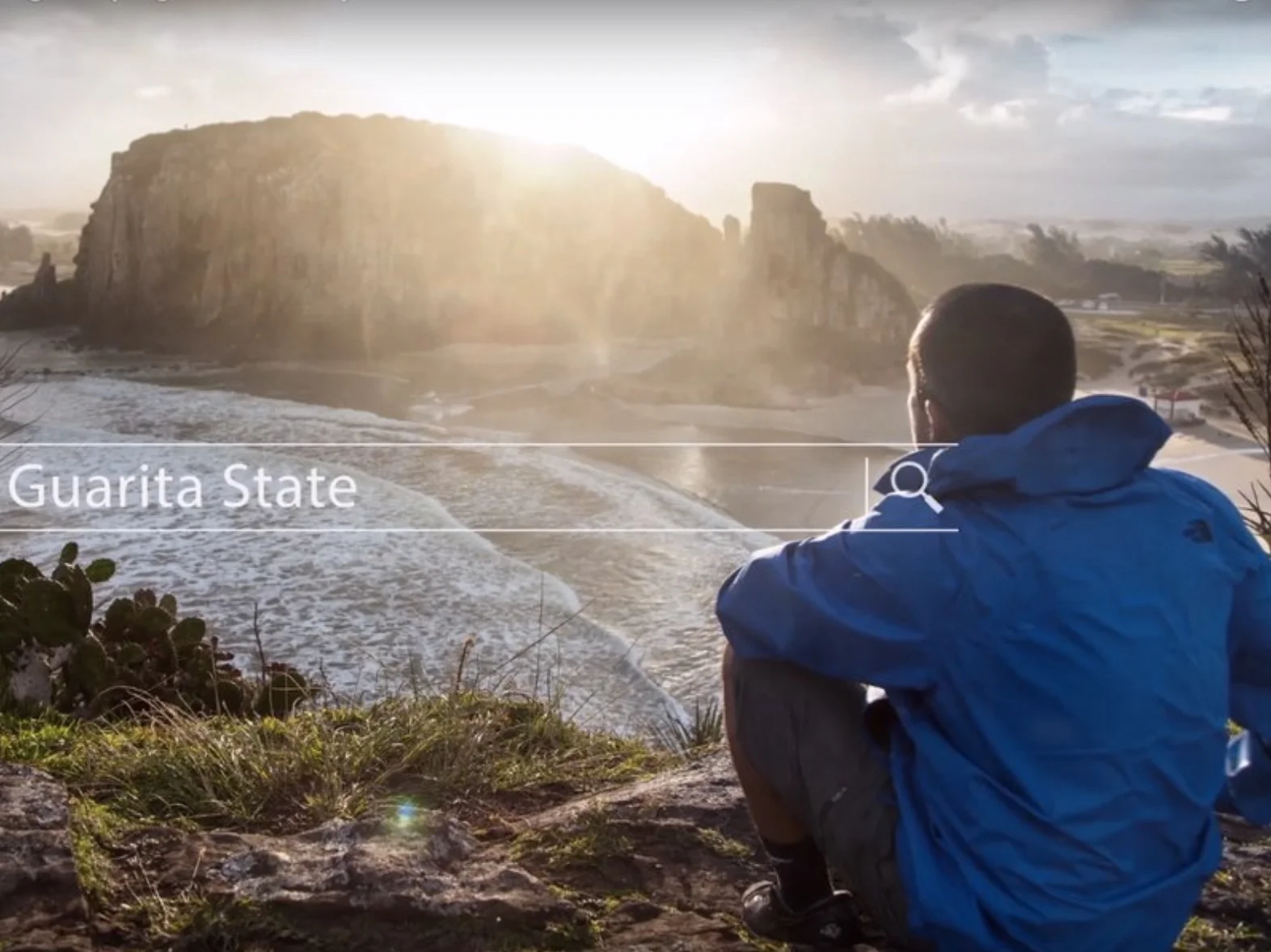6 Ways Marketers Can Avoid Shooting Themselves In The Foot With Their Own Gun
Seeing as our first backpack 40 years ago was a North Face, and our daughter’s current backpack is a North Face, we are loath to pile on such an esteemed company, but gee whiz guys, couldn’t you have known this was a bad idea?
The idea in question, in case you’ve not been keeping up with the marketing headlines, is that North Face and its agency, Leo Burnett Tailor Made, came up with a promotional stunt to insert photos featuring North Face gear onto Wikipedia pages.
Given that Wikipedia is the public library of the internet, this is akin to tearing out the pages of The Adventures of Huckleberry Finn and replacing them with a Six Flags brochure.
However, that’s not the worst of it. Because Wikipedia pages are considered to be above the dirty hands of the advertisers and SEO manipulators and the other Internet flimflammers, they automatically get high authority rankings from Google and are top of the page for many keyword and image searches.
So if the images in those searches just happen to show North Face products, voila! TNF suddenly leaps to the front of the search line – which is exactly what happened.
Oh, and they crowed about it, like any good line-cutter does. Check out the video to see just how boastful they were.
Whether you consider this to be the ultimate in bad marketing taste or the future of marketing, the fact is that something went haywire, and someone needs to not be allowed to play with marketing campaigns (or Photoshop) for five to 10 hard.
If you’ve been in marketing any reasonable length of time, you’ve probably been a participant in a marketing snafu like this – maybe not as high-profile, but certainly as embarrassing for all involved.
Photo by Jordy Meow on Unsplash.
These blowups happen fast. It’s not uncommon after one to find yourself shaking plaster dust out of your hair, doing David Byrne things, and wondering, “How did I get here?”
Marketing groupthink is dangerous, blank checks are dangerous, creative people let loose unrestrained are dangerous, and speaking as someone who spent two years on double-secret probation, here’s how to keep them from sending your brand the way of all doo-doo.
1. Stick to the plan.
Regardless of what seems right right now, the plan was created (hopefully) when all inputs were received and evaluated, goals were formulated, strategies concocted, and tactics devised.
The plan was created to be integrated, meant to be holistic, designed to be measured. It was vetted, reviewed, and approved, and was anything but a one-off.
The best defense against marketing brain-farts is a well-crafted marketing plan. If you don’t have one and you keep screwing up – or if you have a plan and trouble repeatedly finds you – a really good marketing plan is your first step towards recovery.
2. Have someone from outside the campaign review it.
Marketing is like baseball: To be good at it, you need to have a lot of little kid in you. The problem is that when cool ideas come along, narketers approach them the way a little kid would.
Photo by David Kovalenko on Unsplash.
Should you tie a Blast-O-Mania (“500 grams of powder - the maximum allowed by law in the US!”) to the dog, light it and see what happens? Yes – I mean, no – I mean, yesssssss!!!!!
You need an adult who is not quite as emotionally invested to look at the idea, point out that 500 grams of black powder can do quite a number on the canine psyche, and that perhaps jumping off the roof with blankets for wings would be a much better idea.
That’s why we have adults. That and paying for ice cream.
The point is that the easiest thing to do in marketing is believe in the value of your worthless idea. Have someone impartial look at it. You’re gonna hate it, but you’ll thank me for it.
3. Take a step back yourownself.
In the absence of any other adults, it’s okay for you to do the adult thing and ask whether this is prudent.
Again, you may not like the answer, especially if it comes down in opposition to that really cool idea. But considering the consequences ought to be a vital step in the evaluation of any idea, not just marketing ideas.
4. Do not chase anything. Period.
We’ve talked about this in the last several blog posts, but no good can come from following someone else’s stupid idea with a similarly stupid idea of your own.
Take IHOP as an example. The Old Folks’ Hangout Formerly Known As International House Of Pancakes first changed its name to “IHOB,” to emphasize that it also sells burgers, then changed it back and began calling its burgers “pancakes.”
Basically, IHOP chased its own tail, and doubled down on one stupid idea with another.
The numbers showed that people did not buy significantly more burgers at IHOP after it became IHOB, and it’s a pretty safe bet calling its burgers pancakes won’t do the trick either.
Don’t chase anything – not even yourself. You’re here to sell the hell out of pancakes, not to make clever Arbor Day tweets. Sell what you came here to sell, and let the burgers fall where they may.
5. Do not pile on.
The most notable instance of piling on came after Oreo badly bent the internet after its “You can still dunk in the dark” Super Bowl tweet. Suddenly every brand wanted to have its own “dunk in the dark” moment.
The results were almost entirely awful, and in cases like AT&T’s very ill-advised 9/11 tweet, downright deleterious to the brand.
While I know this means no Game of Thrones ripoffs, no royal baby social campaigns, and no piggybacking on “Old Town Road,” the disappointment is temporary. The brand goes on forever.
6. It’s not about doing cool stuff. It’s about the brand.
I get it: We are in this business because above all we are clever. I get it.
The problem is, the brand rarely needs clever. The brand needs care, stewardship, and guidance.
When the brand needs clever we’ll call you, and you’ll undoubtedly deliver. In the meantime, you need to take care of the brand, make sure it looks good in the places where it’s supposed to look good, and that key brand messages are communicated consistently and clearly.
Can you have some fun while being a brand steward? Absolutely – as long as it doesn’t diminish your primary role.
The North Face didn’t need to own Wikipedia to be anything more than it already was, to anyone. Now, to many of its most ardent fans, it’s something less.
So I ask: North Face, if that campaign had gone as well as it possibly could have, would you have been better off than you were before the campaign?
Hmm. I bet that’s a question that never got asked.




